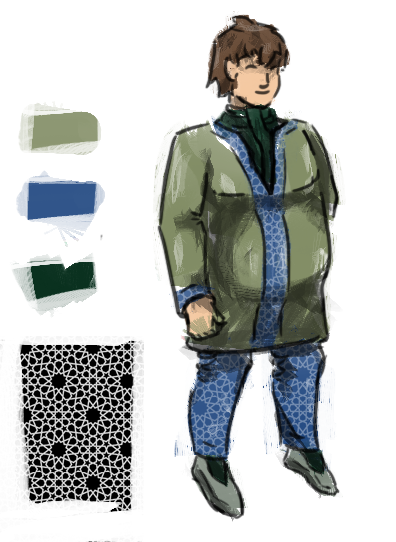Rushdie's 'Haroun' has clear links to his life of creative oppression and political metaphors, and whilst reading the book I took notes on points which stood out to me. With further research, I have expanded these points, and hope to use them in my CS presentation.
"What's the use of stories that aren't even true?"
Explains why Rushdie wrote such controversial books - whats the point in a story if it's purely fiction. Rushdie's books have almost always created controversy, with 'The Satanic Verses' leading to death threats on his life after the Ayatollah ordered it. The political nature of the book is even more evident when you consider that 'Haroun' was the first book written in exile, after the Ayatollah ordered for his death.
"There was little demand for the ancient stories that flowed there [the Old Zone]."
Could be referring to a number of things; the poverty of oppressed and controlled states, run by those who care not for the people's lives. Alternatively, it could refer to the oppression of such lands creatively. Rushdie writes "You know how people are, new things always new. The old tales, nobody cares." This could represent the plight of the oppressed in a world that perhaps doesn't care as much as it should. Those who are oppressed, particularly when concerning old classics that are banned or destroyed through oppression, aren't being helped because nobody wants to hear their stories.
"They have siezed her ... my Batcheat, my princess!"
In some ways, Batcheat, at least to Prince Bolo, is a symbol of romanticism, who has been stolen away by the silence. That presence of love regarding free speech and creativity, is significant also to those who don't care for Batcheat's voice or appearance. This dislike of the character is important because despite it, the Pages still march out to rescue her - which makes a statement about how the protection of creativity and freedom also means protecting the creative works and the freedom of those which you don't care for. Universal freedom, not just to those who you are fond of. This is reinforced later in the book by Butt the Hoopoe, who says "But but but what is the point in giving persons freedom of speech if you then say they must not utilise the same? And is not the power of speech the greatest power of all?"
"They are a peaceful people indeed. But if they have to fight a war, what then? They'll be a hopeless, lost cause."
Highlights the oppressed's apparent inability to fight. For many, the fight for free speech against oppressive states seems impossible; who can fight a government, and army, a way of thinking? Haroun feels this despair when he first enters the Twilight Strip, thinking "With our absurd armada, how can we ever succeed in that world, where there isn't even light to see the enemy by?" The story, however, carries on to their victory, demonstrating that oppression can be toppled with enough work.
"To look on the bright side, the Laminations certainly work. I can't feel the cold at all."
Perhaps somewhat of a stretch, but I read this as the protection from despair given by camaraderie.
"And he can be in two places at once, and there is no getting away."
This demonstrated the fear of the police, and the helplessness of those under the state's thumb. The weakness of Khattam-Shud himself, however, reminded me of the Gestapo in Nazi Germany - a secret police force that was very much feared by Germans, but in reality was a very small force that relied on people fearing them more than they should.
"The oldest stories ever made, and look at them now. We let them rot, we abandoned them, long before this poisoning."
Signifies the importance of heritage, and how it must be protected from both those who would do it harm, and also time itself. Linking back to Nazi Germany, this situation holds similarities to the Wandervoguls, an extremist group who were disgusted by the abandonment of previous German culture and ways of life.
"But but but that you must not take - no, you can't - it's my brain!
Signifies the removal of creative freedom and also an artist's creative children - the books, songs, paintings, etc that act as their legacy.

































